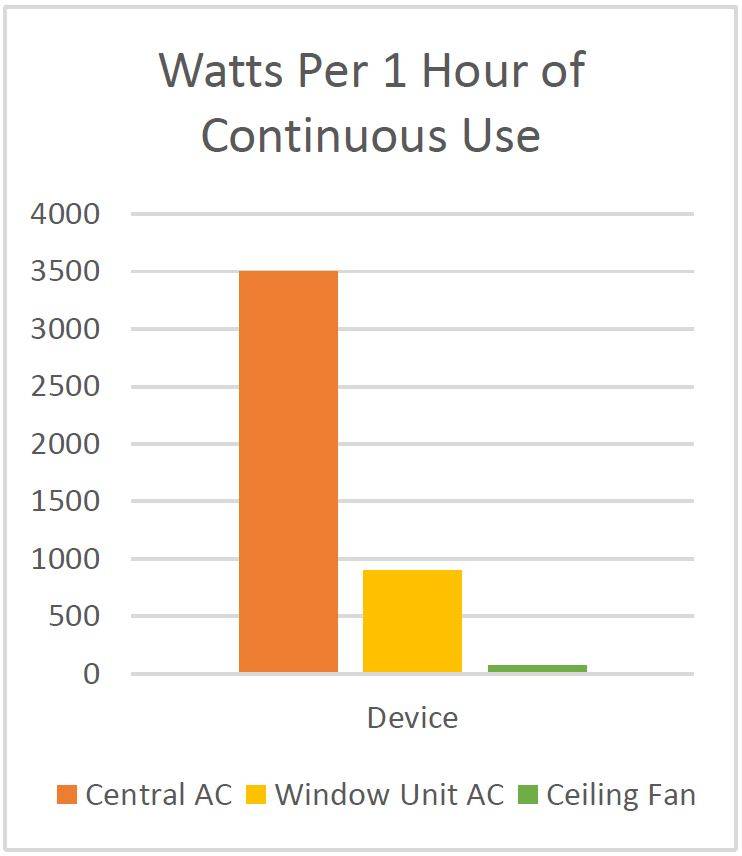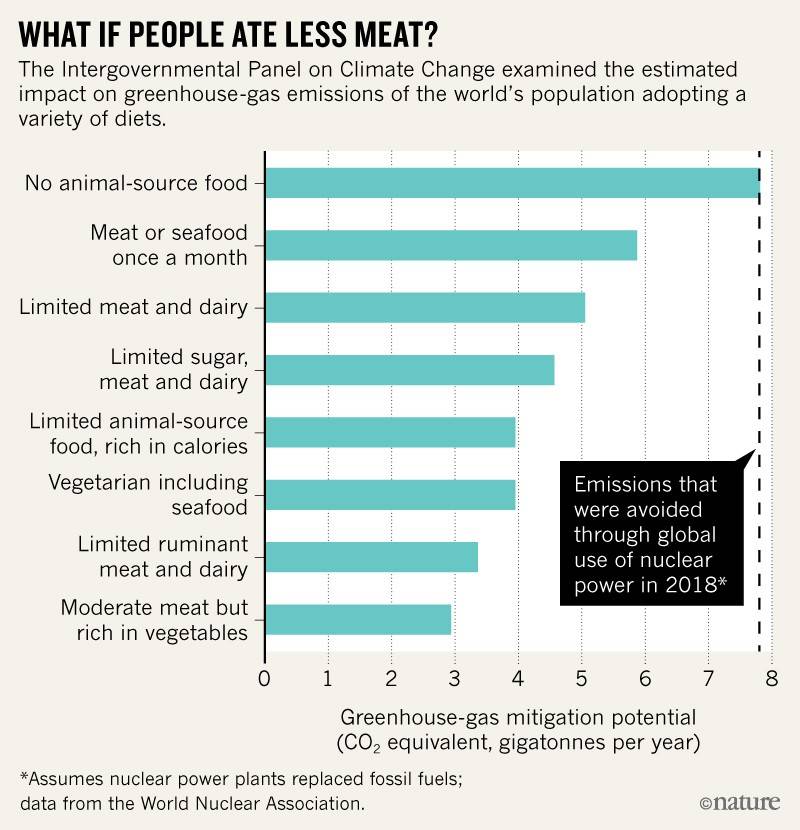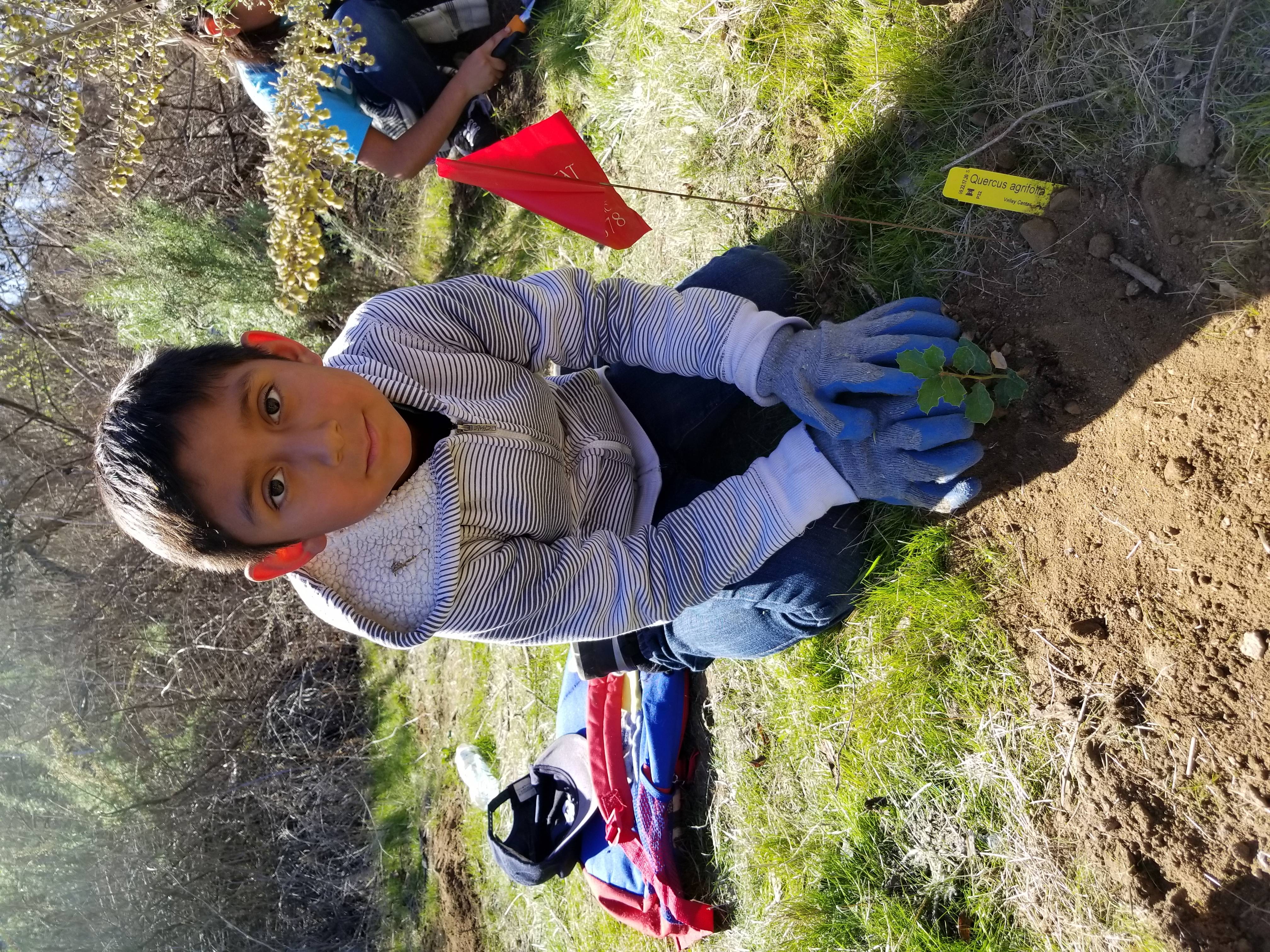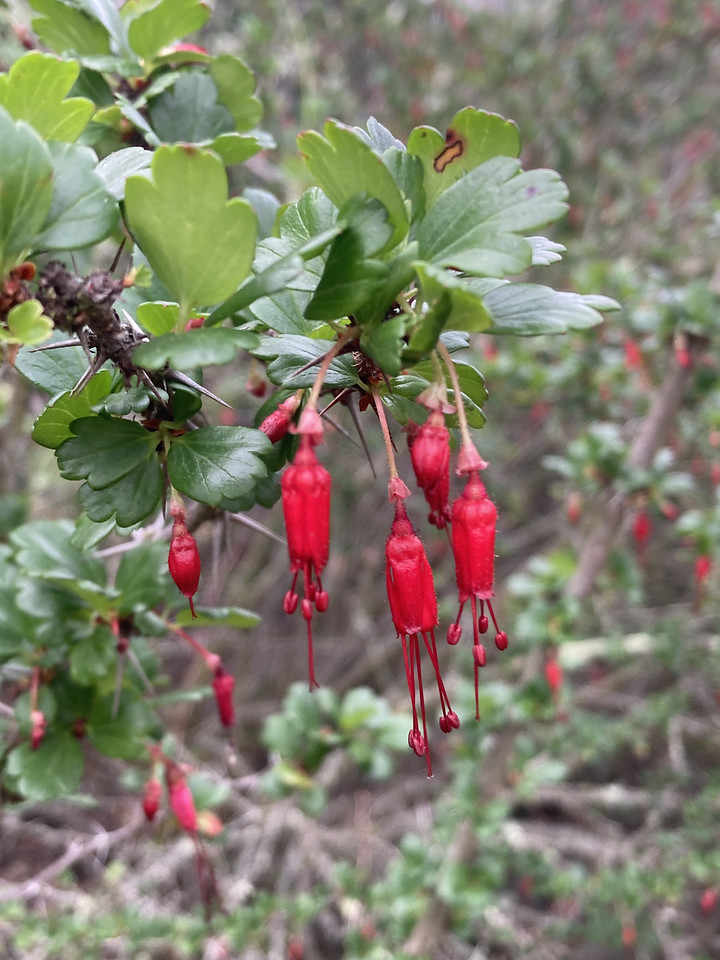
5 Ways to Cool Your Climate
It’s summertime and the heat is on. As I write this, the temperature in Escondido is 98°F and San Diego County is experiencing a major heat wave that is spurring planned power outages. While our temperatures may fluctuate up and down from day to day and year to year, it’s an undeniable fact that the climate has increased in Southern California by approximately three degrees over the past century.1 Unfortunately, increasing temperatures are just the tip of the (melting) iceberg when it comes to climate change catastrophes in our region. Other regional perils wrought by climate change include drought, increased frequency of wildfires, rising sea levels, ocean acidification, and more. All of this threatens wildlife and us. Climate change can seem like such a large, abstract problem, trying to do anything about it can feel overwhelming. But here are five effective ways that individuals like you can take action, help mitigate climate change, and even save money and improve your health in some cases.
Become a fan of fans
In the average US household, cooling and heating consumes the most amount of energy by far. Ironically, as we crank up the AC because we don’t like the heat, this energy consumption of fossil fuels contributes to climate change and hotter temperatures, which makes people want to crank up the AC even more and…well, you can see where this cycle is leading.
Instead of blasting the AC on hot days, chill out with fans. They use significantly less energy (as the graph illustrates, fans use 15-90 watts as compared to 3,500 watts from a central AC unit). Technically, fans just move air around and don’t actually change temperatures. But in many cases, the blowing air is enough to cool down our sweaty mammal bodies. If, however, it’s just so dang hot that a fan alone won’t cut it, strategically using fans in tandem with the AC will help reduce your energy bill and your carbon emissions. Every degree above 72°F that you set your thermostat prevents approximately 120 pounds of CO2 emissions annually from the average US household!2 Ceiling fans will circulate the cooler air being pumped out by the AC, which should enable anyone using AC in their home to raise the thermostat by about 4 degrees (e.g. you could keep the thermostat at 76°F instead of 72°F) and still stay just as comfortable.3 For the mathematically challenged, that’s a reduction of approximately 480 pounds of CO2 emissions annually simply by using a fan and being slightly more conservative with your thermostat (78°F or higher is ideal). Just remember to turn off the fans anytime you leave the room. Since fans don’t change temperatures, it’s a complete waste of electricity to keep a fan running in a vacant room.
Rethink transportation
The average driver in California drives 14,435 miles per year.4 Sweden is roughly the same size as California and, in comparison, the average Swede only drives approximately 7,591 miles annually.5 The takeaway is that we drive a lot. And that represents a lot of carbon emissions—24 pounds of CO2 for every gallon of gas used.6 One of the reasons Swedes drive less is because they’re incentivized to do so. For example, people in Sweden receive a free 1-year public transportation pass if they stop driving, and there are a variety of other free public transportation services offered as well.7 We may not have the same policies in place here (though we can and should certainly advocate for them), but nevertheless, we can take measures to green our commutes. Instead of driving to your nearby supermarket, bike or walk and get some bonus exercise in the process. Utilize public transportation whenever possible. And when it’s not possible, carpool (though obviously not during the pandemic).
One thing that COVID-19 has taught us is that it might not always be necessary to commute. Employees around the world are demonstrating that they can still be productive while working from home. And instead of meetings where numerous people will have to drive from who-knows-where to sit in a room and spray one another with microscopic germ-laden spittle, in many cases there’s no reason why we can’t meet remotely. Sure, there are times where physical meetings will be necessary. But we no longer have to assume that’s the only option. Save some gas, save some money, and save the world when possible.
Trees sequester carbon. It’s one of several very cool things they do (not least of which is producing oxygen). Through the process of photosynthesis they snatch CO2 right out of the atmosphere and lock it away in the soil and transform it into biomass. Yet despite our survival depending on trees, we’re clearing them at an alarming rate. The root of the problem: deforestation due to human population expansion and our endless appetite for more, more, MORE! One study estimates that we cut down 15 billion trees each year, and have globally felled 46% of all trees since the start of human civilization.8 According to the World Bank, since 1990 we’ve lost nearly 502,000 square miles of forests, which is an area larger than three Californias!9 That’s A LOT of lost sequestered carbon (not to mention wildlife habitat and all the other ecosystem services that trees provide). Don’t let this problem stump you (sorry, that was acorn-y joke). We can crack this nut by planting more trees, and doing so is actually one of the best (and cheapest) ways of fighting climate change.10 But whether it’s in your backyard or part of a community project, always make sure that you’re planting native trees. If you’re not sure what’s native, you can use this website: www.nwf.org/nativePlantFinder/plants. So curtail the greed and plant some seeds. Not only will it help sequester carbon and reduce climate change, it’ll also provide some shade cover to help beat the heat.
Reduce or eliminate meat consumption
Remember back in the last paragraph when we mentioned deforestation as a big contributor to climate change? Well, a big contributor to deforestation is the meat industry. Take a gander at this graph on protein greenhouse gas emissions (GHG) from the World Resources Institute to see the evidence.11 You’ll see that meat-based proteins (with the exception of fish) produce significantly more emissions than plant-based protein. Beef is a particularly egregious offender regarding climate change. Cattle require lots of land, and as the global appetite for meat expands, old-growth forests in the Amazon and elsewhere around the world are being clear-cut and converted into pastures. But that’s not the calf of it. Cow burps—I kid you not—also produce copious amounts of methane, which further contributes to emissions.12 And the hits keep coming…
Drought is one of the symptoms of climate change, and meat production is incredibly water wasteful as compared with agriculture. Take almonds, for example. They are notorious for requiring lots of water. But while one ounce of almonds uses 23 gallons of water, one ounce of beef sucks 106 gallons of water!13 So in effect, as the meat industry helps propel climate change and accelerate drought, it also exacerbates the situation by sapping our dwindling water supply.
 But don’t have a cow. There’s a simple solution: eat less meat. You can see the graph on how much scaling back meat consumption can reduce our carbon emissions.14 Or if you really want to make a huge positive impact, give up meat altogether. In the US, the proliferation of delicious plant-based meat alternatives (e.g. Beyond Burgers, Impossible Burgers, MorningStar Farms Chik Patties and Veggie Bacon, and more) makes it easier than ever to make a diet switch and still satisfy your cravings. So if global warming has you feeling like you’re baking, ditch the bacon (sorry, these meat jokes are the wurst). In addition to reducing your climate change contribution, you’ll also be improving your health.15
But don’t have a cow. There’s a simple solution: eat less meat. You can see the graph on how much scaling back meat consumption can reduce our carbon emissions.14 Or if you really want to make a huge positive impact, give up meat altogether. In the US, the proliferation of delicious plant-based meat alternatives (e.g. Beyond Burgers, Impossible Burgers, MorningStar Farms Chik Patties and Veggie Bacon, and more) makes it easier than ever to make a diet switch and still satisfy your cravings. So if global warming has you feeling like you’re baking, ditch the bacon (sorry, these meat jokes are the wurst). In addition to reducing your climate change contribution, you’ll also be improving your health.15
Support a nature conservancy
According to Natural Climate Solutions, the conservation of unique habitats around the world is a critical strategy to protect standing forests and combat climate change.16 Protecting habitats is what nature conservancies do best. Now I know what you’re thinking: “Oh sure, the guy who works for a conservancy says supporting a conservancy is a good way to fight climate change.” But think about it. Trees can be leveled in no time, but it takes decades to grow a forest. Protecting already-existing wildlands saves precious time in the face of a climate change crisis so pressing, we don’t have any time to waste. Land trusts in just the lower 48 states alone have conserved 56 million acres of land.17 That’s a lot of land being protected in perpetuity for the global good. And conservancies like the Escondido Creek Conservancy don’t just protect wildlands and the carbon-sequestering vegetation therein, many also actively restore degraded lands by revegetating denuded areas and replacing invasive plants with native ones. So whether it’s a donation of your money or your time as a volunteer, please consider supporting your local nature conservancy: www.escondidocreek.org/get-involved/.
There you have it: five actions you can take as an individual to help make a difference. Keep in mind this is not an exhaustive list, but rather a starting point. There are many other things you can do too, such as drying clothes in the sun instead of in an electric dryer, starting a climate action youth group (if you’re a youth), participating in local Climate Action Plans, consuming less stuff you can live without, advocating for policy changes to your local legislators and corporations, educating yourself about climate change, engaging others on the topic in productive non-adversarial ways, and more. Find out what your personal carbon footprint is and challenge yourself to reduce it. You can use a free carbon footprint calculator at www.carbonfootprint.com/calculator.aspx. Despite all the negative news you may hear around climate change, it’s not all doom and gloom. In California, as the result of some pioneering efforts, greenhouse gas emissions have actually been on a downward trend since 1990, despite an increase in the state’s population and economic output.18 There’s still hope for us yet. But it’s going to take all our effort, and that includes at the individual level.
Sources
- https://19january2017snapshot.epa.gov/sites/production/files/2016-09/documents/climate-change-ca.pdf
- www.ccfpd.org/Portals/0/Assets/PDF/Facts_Chart.pdf
- www.energy.gov/articles/energy-saver-101-infographic-home-cooling
- https://policyadvice.net/car-insurance/insights/how-much-do-americans-drive/
- www.thecarcrashdetective.com/americans-drive-more-dying/
- www.ucsusa.org/resources/car-emissions-global-warming
- https://freepublictransport.info/2014/07/16/fare-free-public-transport-lessons-from-sweden/
- www.nature.com/articles/nature14967
- https://blogs.worldbank.org/opendata/five-forest-figures-international-day-forests
- www.theguardian.com/environment/2019/jul/04/planting-billions-trees-best-tackle-climate-crisis-scientists-canopy-emissions
- www.wri.org/resources/data-visualizations/protein-scorecard
- www.bloomberg.com/news/articles/2017-11-29/cutting-down-on-cow-burps-to-ease-climate-change
- www.businessinsider.com/real-villain-in-the-california-drought-isnt-almonds–its-red-meat-2015-4
- www.nature.com/articles/d41586-019-02409-7
- www.heart.org/en/healthy-living/healthy-eating/eat-smart/nutrition-basics/how-does-plant-forward-eating-benefit-your-health
- http://naturalclimatesolutions.org/
- www.landtrustalliance.org/56-million-acres-voluntarily-conserved-america-national-land-trust-census-reveals
- https://oehha.ca.gov/media/downloads/climate-change/report/2018caindicatorsreportmay2018.pdf






